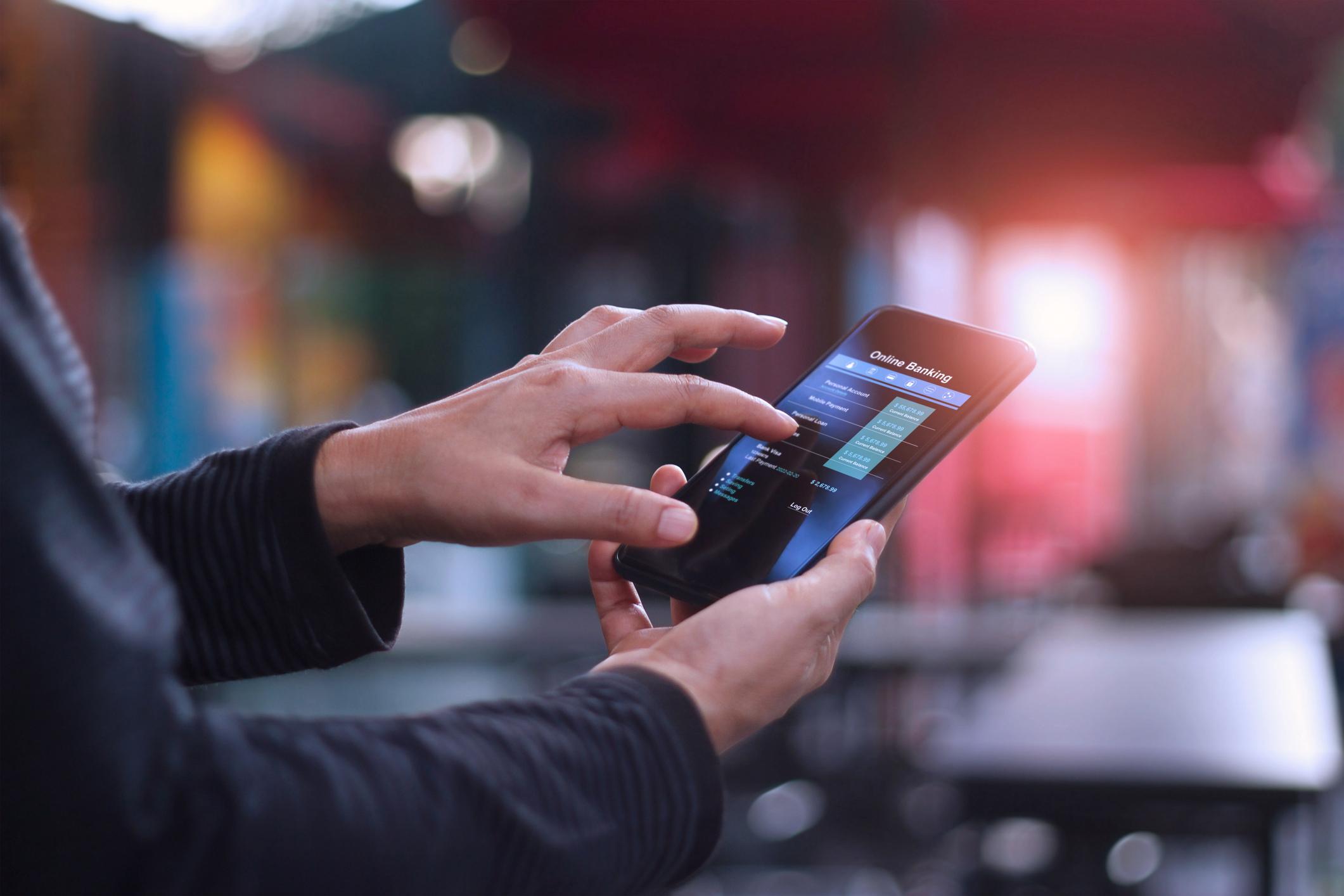MENU
Start
- Best Small Business Loans for 2024
- Businessloans.com Review
- Biz2Credit Review
- SBG Funding Review
- Rapid Finance Review
Our Recommendations
- 26 Great Business Ideas for Entrepreneurs
- Startup Costs: How Much Cash Will You Need?
- How to Get a Bank Loan for Your Small Business
- Articles of Incorporation: What New Business Owners Should Know
- How to Choose the Best Legal Structure for Your Business
Our Guides
- Business Ideas
- Business Plans
- Startup Basics
- Startup Funding
- Franchising
- Success Stories
- Entrepreneurs
Small Business Resources
Grow
- The Best Credit Card Processors of 2024
- Clover Credit Card Processing Review
- Merchant One Review
- Stax Review
Our Recommendations
- How to Conduct a Market Analysis for Your Business
- Local Marketing Strategies for Success
- Tips for Hiring a Marketing Company
- Benefits of CRM Systems
- 10 Employee Recruitment Strategies for Success
Our Guides
- Sales & Marketing
- Finances
- Your Team
- Technology
- Social Media
- Security
Small Business Resources
Lead
- Best Business Phone Systems of 2024
- The Best PEOs of 2024
- RingCentral Review
- Nextiva Review
- Ooma Review
Our Recommendations
- Guide to Developing a Training Program for New Employees
- How Does 401(k) Matching Work for Employers?
- Why You Need to Create a Fantastic Workplace Culture
- 16 Cool Job Perks That Keep Employees Happy
- 7 Project Management Styles
Our Guides
- Leadership
- Women in Business
- Managing
- Strategy
- Personal Growth
Small Business Resources
Find
- Best Accounting Software and Invoice Generators of 2024
- Best Payroll Services for 2024
- Best POS Systems for 2024
- Best CRM Software of 2024
- Best Call Centers and Answering Services for Busineses for 2024
Our Recommendations

Online only.
5 Practical Ways to Incorporate QR Codes Into Your Marketing Plan

Table of Contents
Quick response (QR) codes — those now-ubiquitous black-and-white square barcodes — can be found in restaurants, doctors’ offices, grocery stores, retail shops and on direct mail marketing pieces. Customers use their mobile devices to scan QR codes and instantly receive vital information.
QR codes give businesses an affordable and effective way to connect, inform and engage consumers while promoting mobile interaction. We’ll look at the pandemic-induced growth of QR codes and share how businesses can incorporate them into their business marketing plans.
Growth of QR codes
Before 2020, QR code usage was on the decline in most countries. QR codes had initially been adopted with much fanfare and tech-industry buy-in. Apple even incorporated the QR reader into the iPhone’s camera in 2017, and other smartphone manufacturers quickly followed. However, the QR code’s novelty seemed to fizzle, and marketers all but abandoned the technology.
Then, 2020 and the COVID-19 pandemic arrived. Businesses found themselves in need of creative tech solutions for a newly touch-free society, and QR codes fit the bill. QR codes found their way back into mainstream marketing, and their usage shows no signs of waning.
The use of QR codes skyrocketed in 2020, reaching a market size of $916.7 million. The global QR code labels market is expected to grow an additional 5.6 percent by 2026, which will exceed $1 billion.
Use QR codes to run a gift card program for your business. This allows customers to redeem gift cards via a QR code on their mobile devices.
How to use QR codes in your marketing plan
QR code usage is limited only by your marketing team’s imagination. Here are five ideas for using QR codes to promote your company.
1. Incorporate QR codes into your business card.
Adding a QR code to your business card is a straightforward way to introduce QR codes into your small business marketing strategy. You can embed a QR code with your contact information directly on a physical business card or share a business card QR code via email, SMS, social media and more.
Your QR code can lead to a contact page with your pertinent information or a page on your website that outlines a specific call to action (CTA). You’ll be able to track website visitors who arrive on your website via your business card’s code.
2. Offer incentives and coupons via QR codes.
Giveaways, discounts and free trials are excellent ways to drive traffic to your business. You can link a QR code directly to an online coupon or special offer and then build and track engagement to determine the offer’s effectiveness. Linking to incentives is also an excellent way to generate new leads.
Using QR codes with promotions and incentives gives your marketing team flexibility and control. Your business can pivot to a new strategy if the current one isn’t effective and tweak the QR code’s online destination as desired.
3. Use QR codes to ask for reviews.
Online reviews help drive business and foster trust, but asking customers to submit reviews can be time-consuming and ineffective.
Instead, use QR codes to link customers directly to a review site like Google, Yelp and other business review websites or a social media platform where you’d like them to post a review. At the same time, you can offer a discount or enter them into a drawing as an incentive.
Place QR codes facilitating reviews in stores, offices, restaurants or on receipts. Since customers will use their phones to access the QR code, it’s also a unique opportunity for them to include a photo with their review, helping attract more attention.
Link your QR code directly to a review site or social platform, or provide customers with multiple options. This is an excellent way to learn more about your customers’ preferences and where they go to read reviews.
It’s crucial to respond to online reviews, good and bad, to show you care about your customers’ experiences.
4. Use QR codes to improve the customer experience.
The customer experience has become increasingly crucial to business growth, and QR codes can help improve your customer experience in many ways.
For example, many museums and attractions place QR codes throughout venues. They link to audio and video files, text, and maps, among other things. You can also use QR codes to engage customers in interactive games, such as a scavenger hunt.
QR codes can empower customers to move through experiences at their own pace and interact with your brand in new ways. They let you provide more positive and memorable touchpoints without necessarily requiring more staff or an increased marketing budget.
Incorporate QR codes into your mobile POS system. Customers can scan the QR code to make a payment or use a discount.
5. Find creative uses for QR codes.
Let your industry, business and imagination fuel ideas for QR code usage. For example, the restaurant industry initially used QR codes to share menu offerings. Now, however, you’ll find opportunities to pay your bill, join customer loyalty programs, and follow a restaurant on social media via QR codes. Here are some more creative ideas to inspire your QR code usage:
- Use QR codes in your local marketing strategy to drive business and increase foot traffic.
- Use QR codes to conduct customer surveys.
- Place QR codes on product packages to present key information or ingredients.
- Share a QR code to your business app’s download page on Apple’s App Store or the Google Play Store.
- Have customers scan a QR code to access Wi-Fi instead of having them enter a password.
- Use QR codes on giveaways like T-shirts and pens to spread the word about your business.
- Market your events via a QR code on your social media accounts and direct customers to the registration page.
- Use QR codes in job listings so applicants can read the job description, understand the qualifications needed, and apply.
QR codes allow businesses to rotate the content customers access, which is much more cost-effective than regularly printing materials that quickly become outdated or end up in the trash.
QR codes are a way to offer customers location-based services that provide information, entertainment or security.
Benefits of QR codes
QR codes are an effective small business tech trend with numerous advantages. Here are some benefits of incorporating QR codes into your marketing strategy.
- QR codes are great for analytics. Dynamic QR codes offer excellent tracking capabilities. You can learn more about when and where consumers use your QR code, how they interact with it, and what the end result is. Because you can quickly update and alter the QR code destination, it’s easy to test new offers, products, links and more. You can make additional changes to your marketing plan as needed based on your findings.
- QR codes make data collection easy. Consumers are increasingly concerned about how their data is used. You can use QR codes to collect first-party data instead of relying on third-party data from companies like Google. QR codes let you collect data straight from your customers — data you own and can use effectively. You can use this data for lead generation, targeted marketing and more.
- QR codes enable customer self-service. QR codes help you give power back to the customer. Using QR codes for restaurant menus is just one form of self-service. You can also create opportunities for customers to make reservations, order and pay with one quick scan. Companies like Amazon now use QR codes to offer self-service contactless returns. If your customer doesn’t need direct assistance, QR codes can make their experience with your company easier and more efficient.
- Connect online and offline media with QR codes. In the past, direct mail elements — flyers, postcards or billboards — were static. If you wanted a consumer to learn more or visit your website, you had to rely on them entering a URL in a browser. QR codes provide a quick point-and-land way to access the additional information you want to share with customers. You no longer have to make space to spell out a long link or squeeze in more tiny text. Instead, QR codes provide a clean and efficient way to connect your online and offline media.
Add QR codes to your direct mail marketing pieces to give recipients your contact data or direct them to your website’s landing page.
Reach, engage and convert with the right QR codes
It took a pandemic to accelerate the use of QR codes, but their popularity shows no signs of wavering. As consumers embrace QR codes, marketers will have more opportunities to find new and effective ways to use QR codes as a mobile marketing solution.
As you consider incorporating QR codes into your marketing strategy, remember that every business is different. Take advantage of the tactics and benefits that make the most sense for your company’s goals and customers.
















